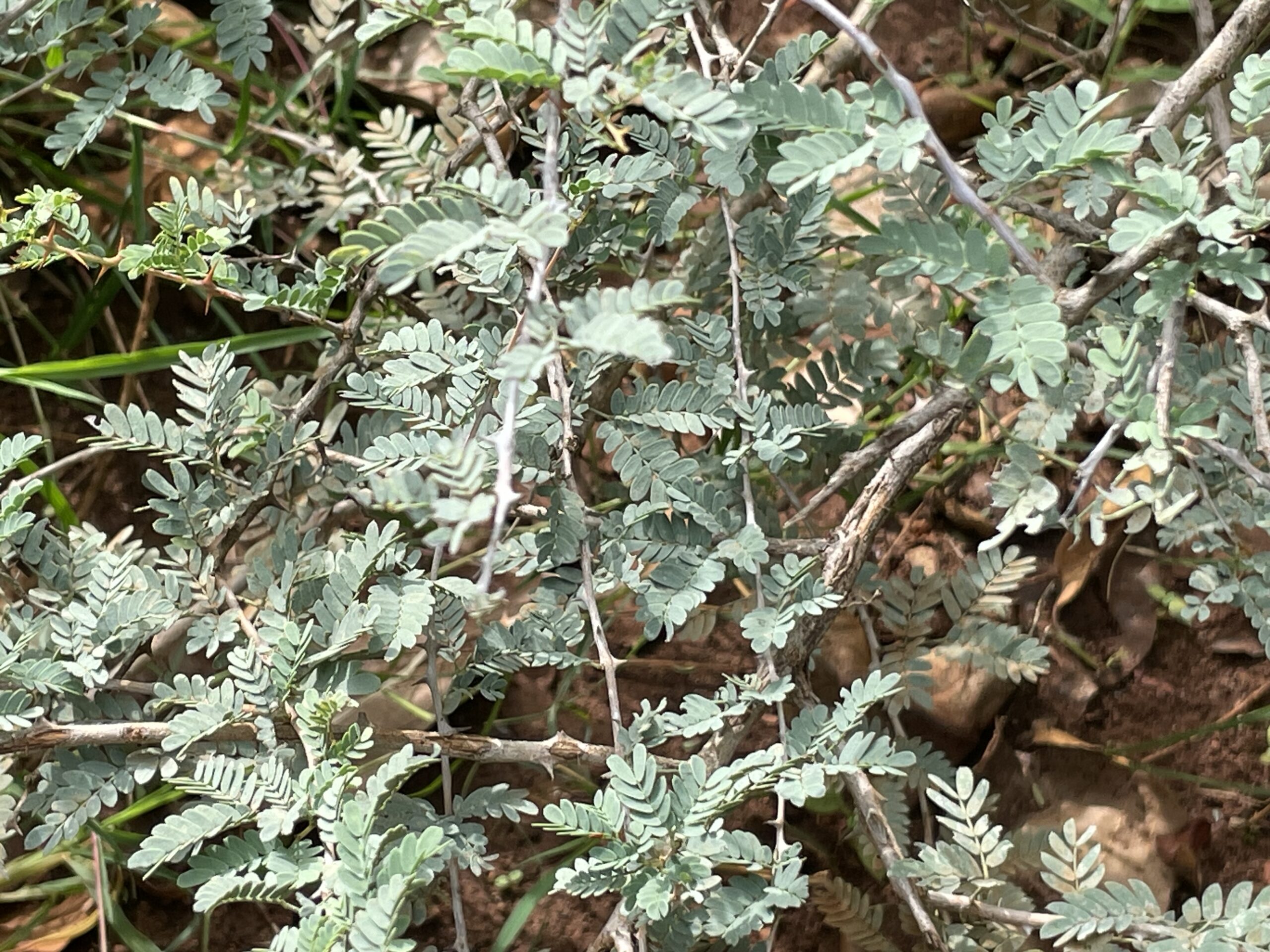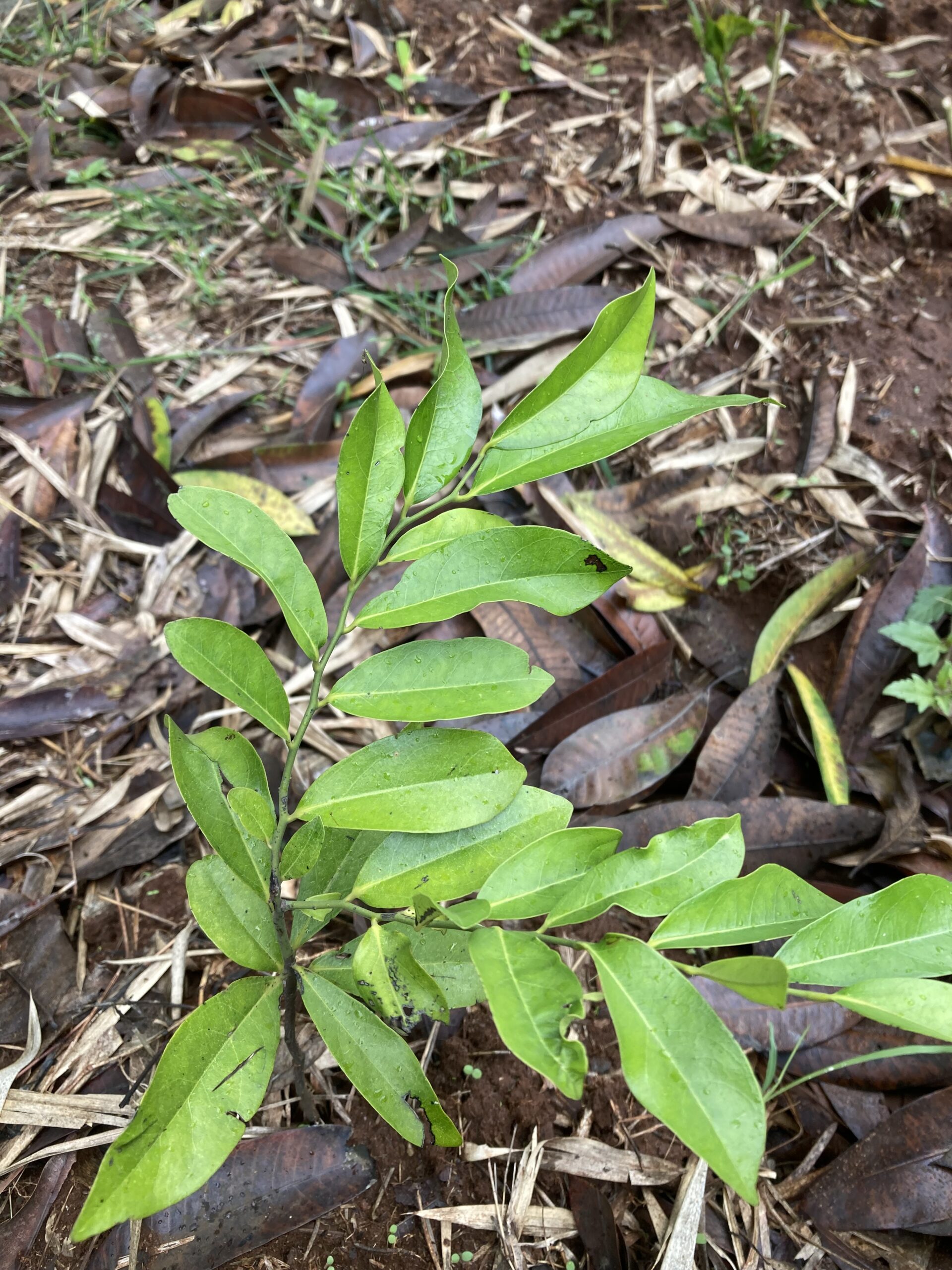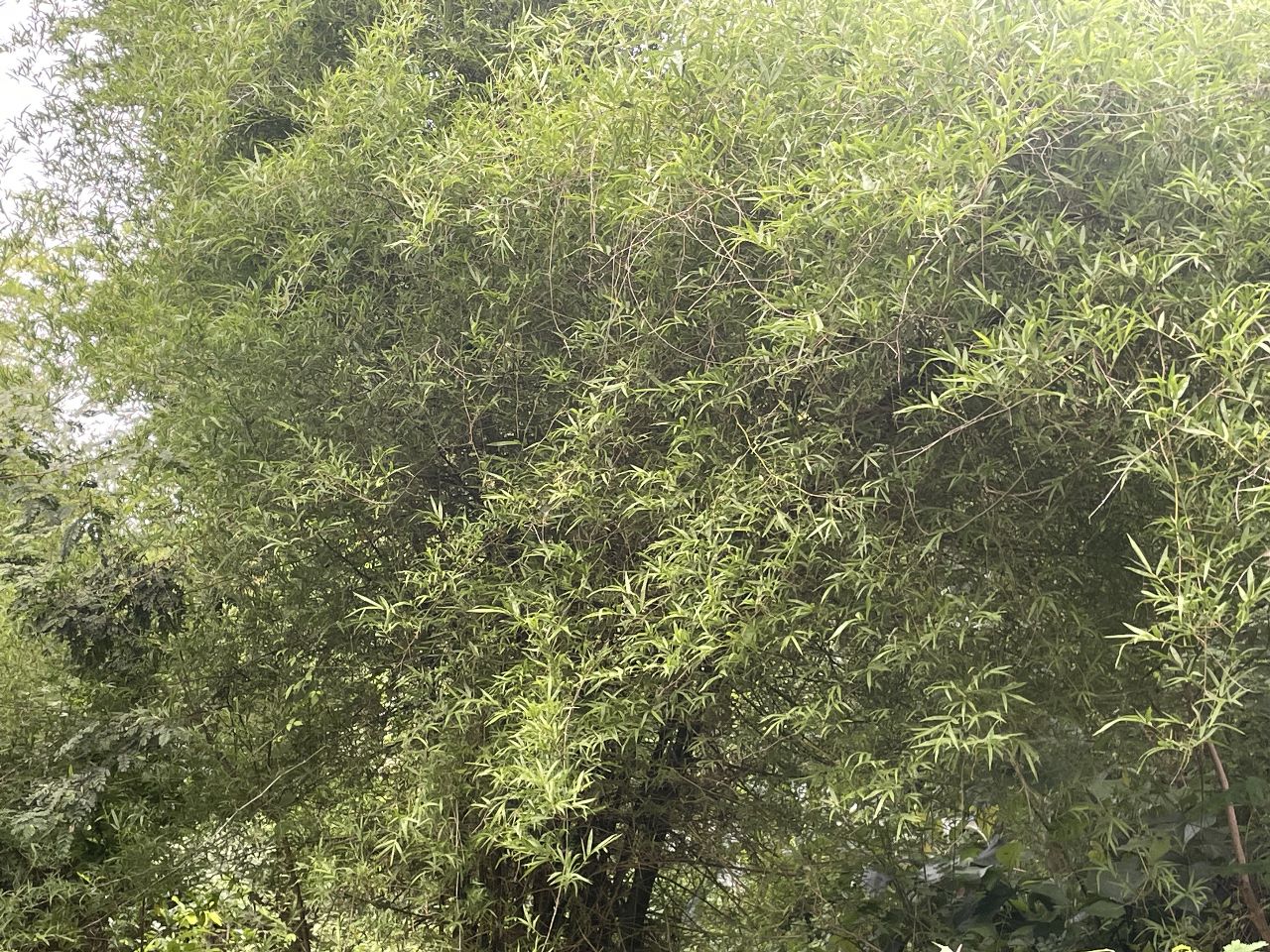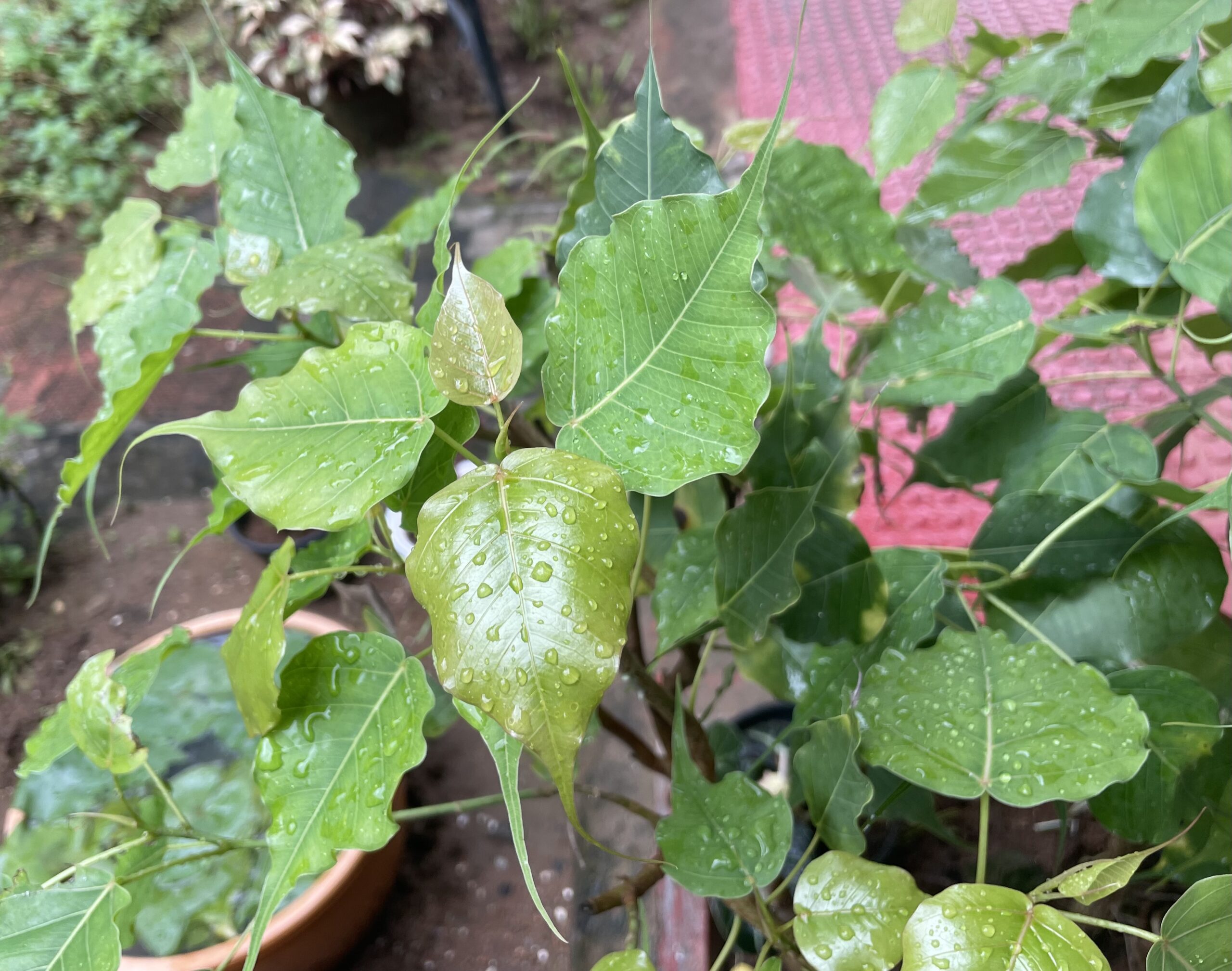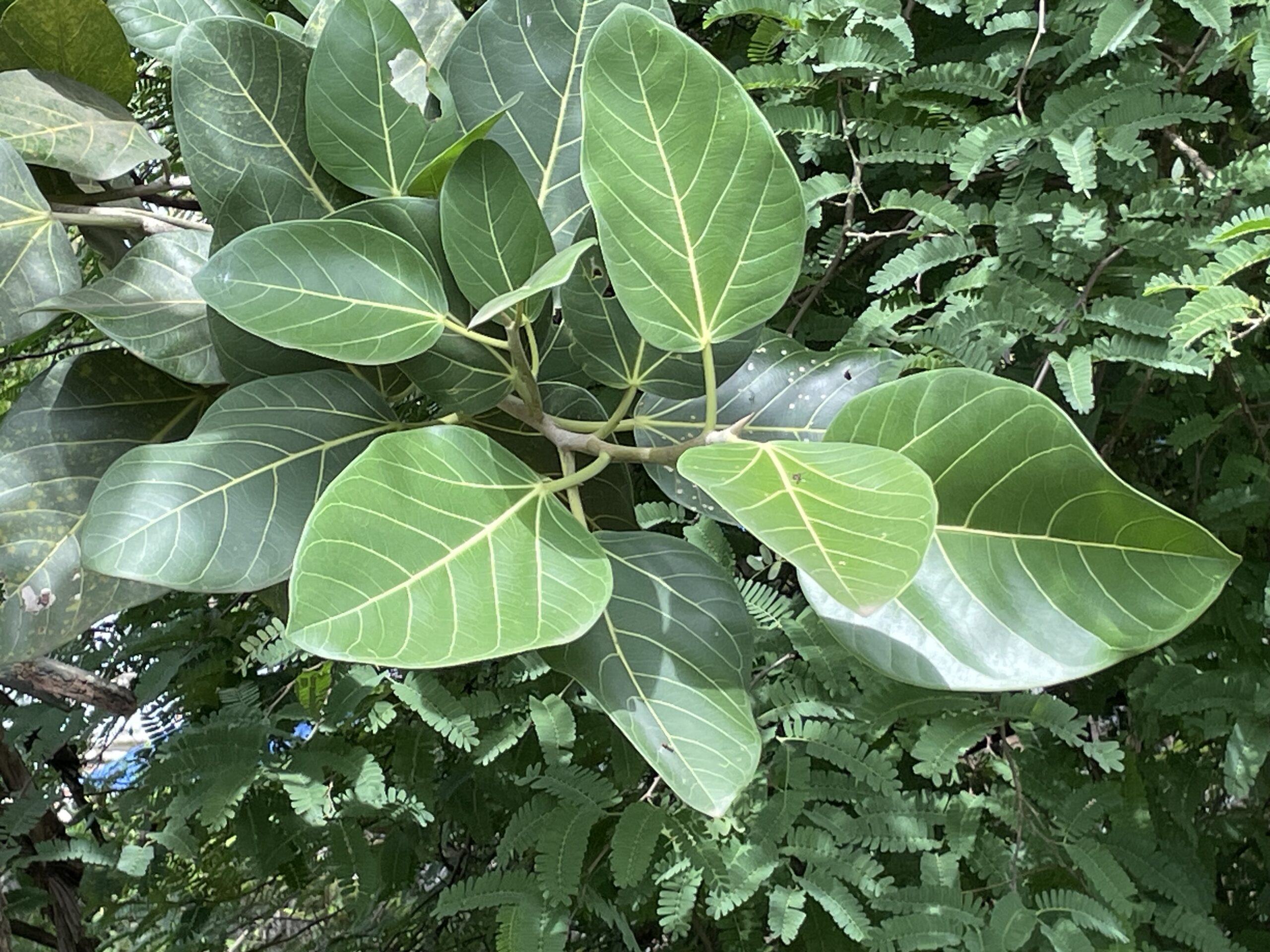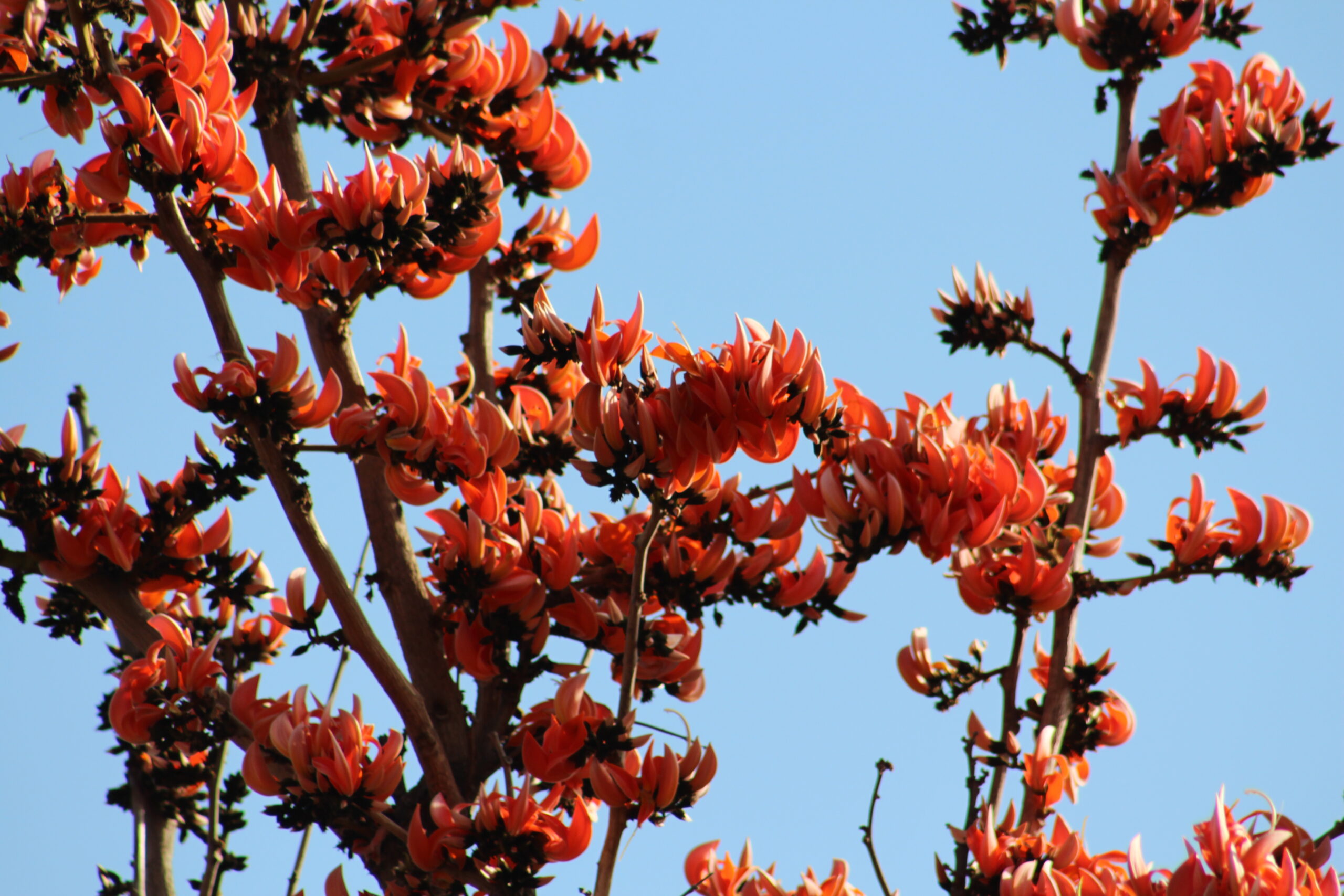Week and Your Plants – February 19 to February 25
Zodiac sign : Aquarius / Kumbam
Prosopis cineraria (വഹ്നി ) - Fabaceae
Thorny trees of costal and dry zones providing fodder, fuel for timber, and shade, as well as affecting soil improvement and sand dune stabilization. Known to be used for Treatment of various ailments like leprosy, dysentery, asthma, leukoderma, dyspepsia and earache etc.
February 19, Monday : Makayiram : Acacia catechu (കരിങ്ങാലി) - Fabaceae
It is a medium sized thorny tree with peeling dark grey bark and a pair of recurved prickles at the base of the leaf stalk. Flowers yellowish white in elongate spikes. Pods flat brown when ripe having flat seeds. Bark and heartwood are very useful. It is used for skin care, gastric issues, colic diseases, cough, diarrhoea, diabetes etc. It is a source of Katha, which is used in north Indian paan and as mouth freshner.
February 20, Tuesday : Thiruvathira : Diospyros ebenum (കരിമരം) – Ebenaceae
It is a slow growing, medium sized, evergreen tree valued for its black wood for thousands of years often exported as fancy wood. The leaves are coriaceous. Male flowers greenish yellow in axillary clusters. Female flowers solitary with four lobes calyx and persistent in fruits as cups with recurved lobes. Fruits subglobose with short beak. It is an IUCN Red Listed plant. Since it is endangered its trade is now banned. Used in medicine as blistering plaster and also in fever etc.
February 21, Wednesday : Punartham : Bambusa bambos (മുള) – Poaceae
It is a huge clump forming, thorny evergreen, perennial grassbamboo with spiny stems that can be 30 metres or more tall. The variety of purposes to which the bamboo is known for multipurpose utility. is applied is almost endless. It isThe used in many parts of Asiarange vary from for food, medicines, timber etc and a huge range of commodities. The thorny branches find place in making fences. It is widely harvested from the wild and but is also often cultivated. It is, arguably, the most important single species on Earth for human use. The young shoots are edible.
February 22, Thursday : Pooyam : Ficus religiosa (അരയാൽ) – Moraceae
It is often called as sacred fig, an evergreen tree with a wide-spreading crown and caudate leaves. The older tree may buttressed. The tree often starts life as an epiphyte in the branch of a tree. The tree is harvested for food, medicines and various other usesalso spiritually important. This is the species under which the Buddha sat when he achieved Realisation. As such it is a holy tree for Buddhists. It is also a sacred tree for Hindus.It yiledsyields fodder and food for birds and arboreal animals.
February 23, Friday : Ayilyam : mesua Mesua ferrea ( നാഗപ്പൂവ് )- Calophyllaceae
Mesua ferrea which is known as Indian iron wood is a slow-growing, handsome evergreen tree with a dense conical crown. Bark brown with irregularly large flaky peelings.The tree exudes an aromatic white resin when it is woundedThe foliage appears reddish twice a year when the leaves are very young. It is an attractive lawn tree with vivid green leaves and showy, fragrant flowers with white petals and numerous orange yellow stamens. The stamens are used as Nag kesar and used in medicine manufacturing. It is also a sacred tree in India. It is also harvested for its wood and, oil-rich seed. and aromatic flowers. It is an attractive lawn tree with vivid green leaves and showy, fragrant flowers.
February 24, Saturday : Makam : Ficus benghalensis (പേരാൽ) – Moraceae
It is an evergreen tree withthis is the popular Banyan tree a wide,with spreading crown. The plant usually begins life as an epiphyte. The tree produces aerial roots from the spreading branches that eventually become new trunks and allow the crown to spread even further. The fruits are edibleeaten by birds and arboreal animals. They have medicinal importance too as Nalpamaram. It also supplies yieldsa timber and a material for tyingfodder. The tree is considered sacred by Hindusdifferent religions. The fruit is tonic and has a cooling effect.
February 25, Sunday : Pooram : Butea monosperma (പ്ലാശ്) -– Fabaceae
It is medium-sized, slow-growing, deciduous multipurpose tree. The leaves are three foliate with bright orange red flowers. The tree has a wide range of medicinal and other uses. It is also used in spiritual functions. Due to the abundant flowers it is popular as flame of the forest and often planted as ornamental. The flowers yield dye for festivals like Holi. Its seeds are anthelmintic, antifungal, antibacterial and purgative properties. The tree is known to be a host for lac insect. It is small to medium-sized, slow-growing, deciduous tree. The leaves are trilobed with bright orange flowers. It is a typical multipurpose tree, with a wide range of medicinal and other uses. It is worshipped as sacred by the Hindus and often planted as ornamental. The tree is planted as a forestry species. The flowers are used for the preparation of a yellow dye.



